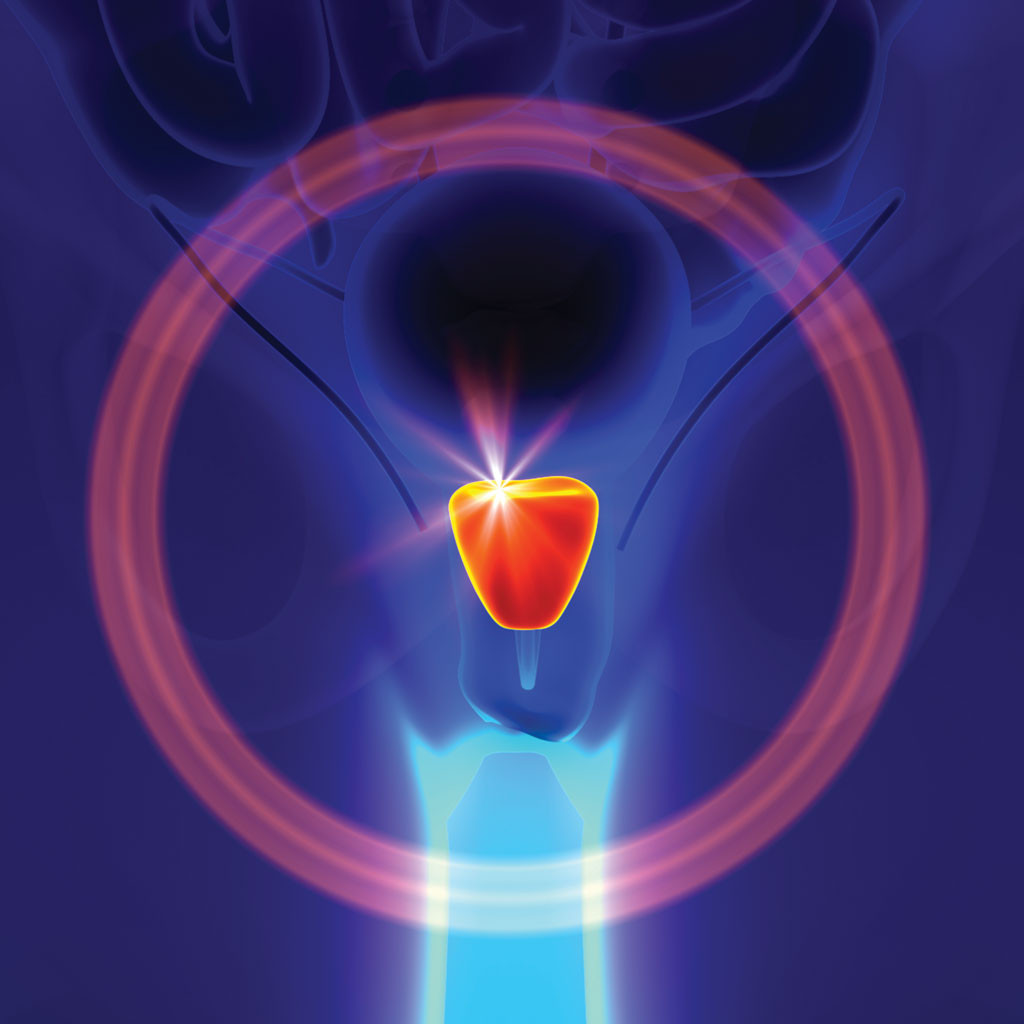Prostate Artery Embolization PAE vs UroLift®: Which is right for you?
Benign Prostatic Hyperplasia (BPH), also called an enlarged prostate, is a common condition among men ages 50 or above. Many of the associated symptoms are hard to ignore and only worsen as time goes on. These symptoms include increased urinary frequency, especially at night, a weak urine stream, and difficulty fully emptying the bladder.
BPH affects about 50% of men aged 51-60 and over 90% of those over 80. When symptoms become bothersome and standard treatments prove ineffective, men often seek alternative options. One such option is UroLift®, a minimally invasive procedure that involves placing permanent implants to lift prostatic tissue away from the urethra, thereby reducing pressure and improving urine flow. Unlike some other treatments, UroLift® doesn’t negatively impact sexual function.
Another minimally invasive option is prostate artery embolization (PAE). PAE involves injecting micro-particles that partially block blood flow to the gland, leading to its shrinkage and symptom relief. This procedure is suitable for patients with larger prostates and PAE has no negative effects on sexual performance for men. In addition, when compared with UroLift®, PAE is the only treatment that treats the root cause of BPH by shrinking the size of the prostate gland.
We encourage you to learn the facts before deciding which procedure is right for you. If you would like more information about PAE vs Urolift, visit our website or give us a call to set up an appointment: (901) 683-1890.
- Barry M, Roehrborn C. Management of benign prostatic hyperplasia. Annu Rev Med. 1997;48:77-189

